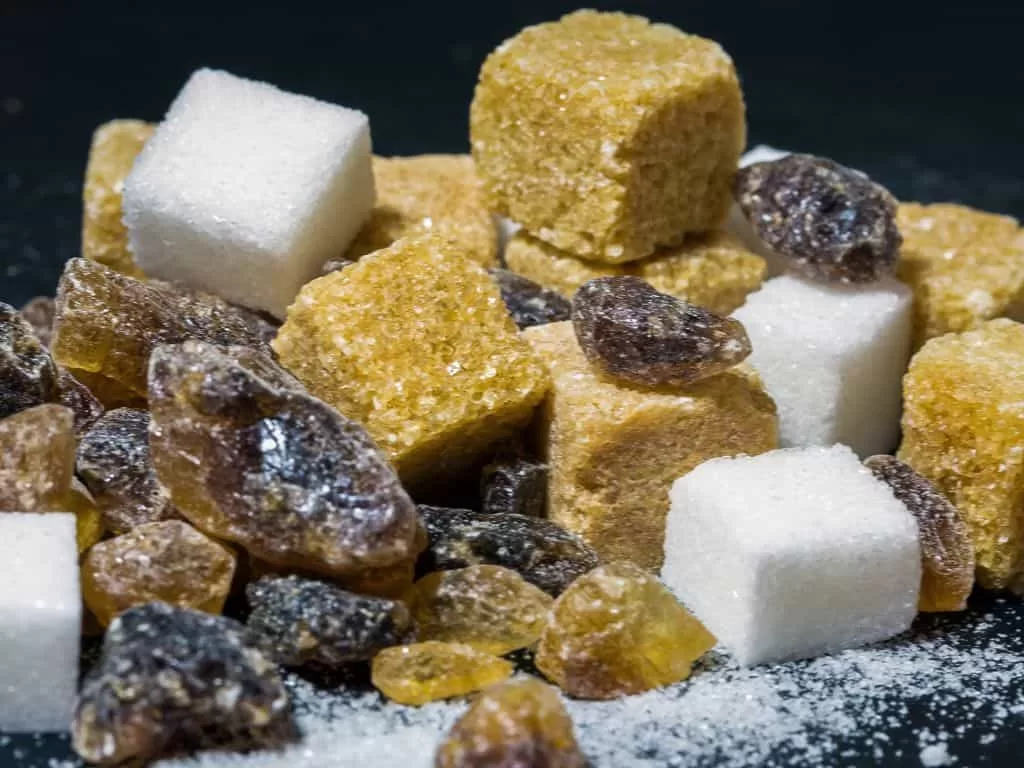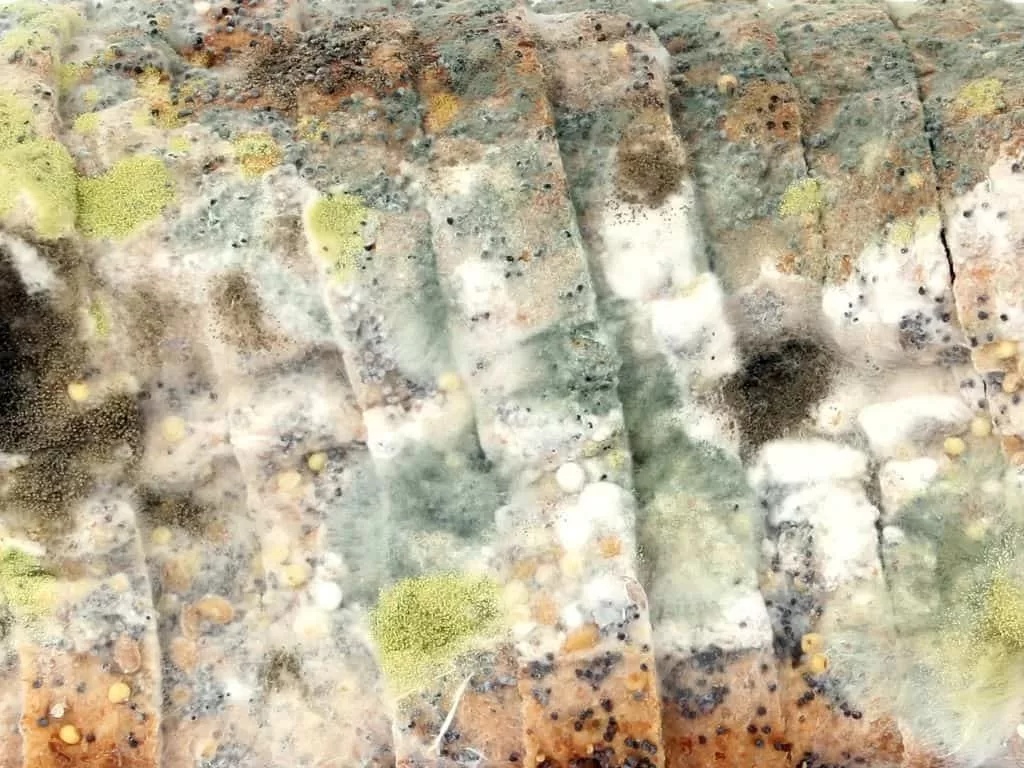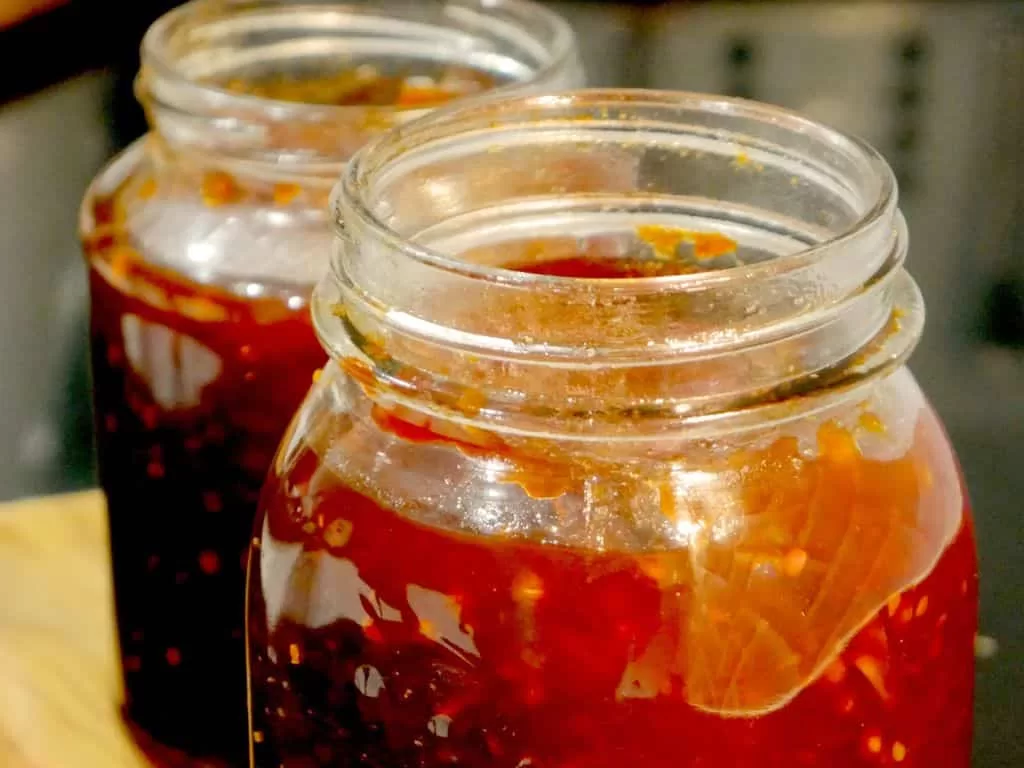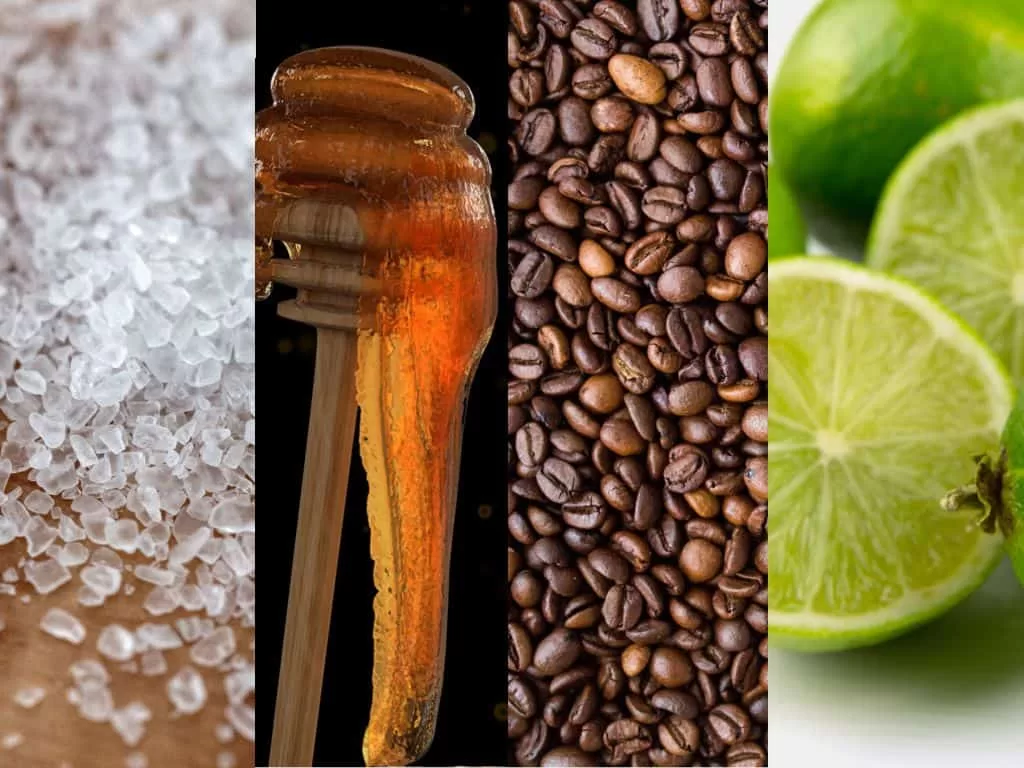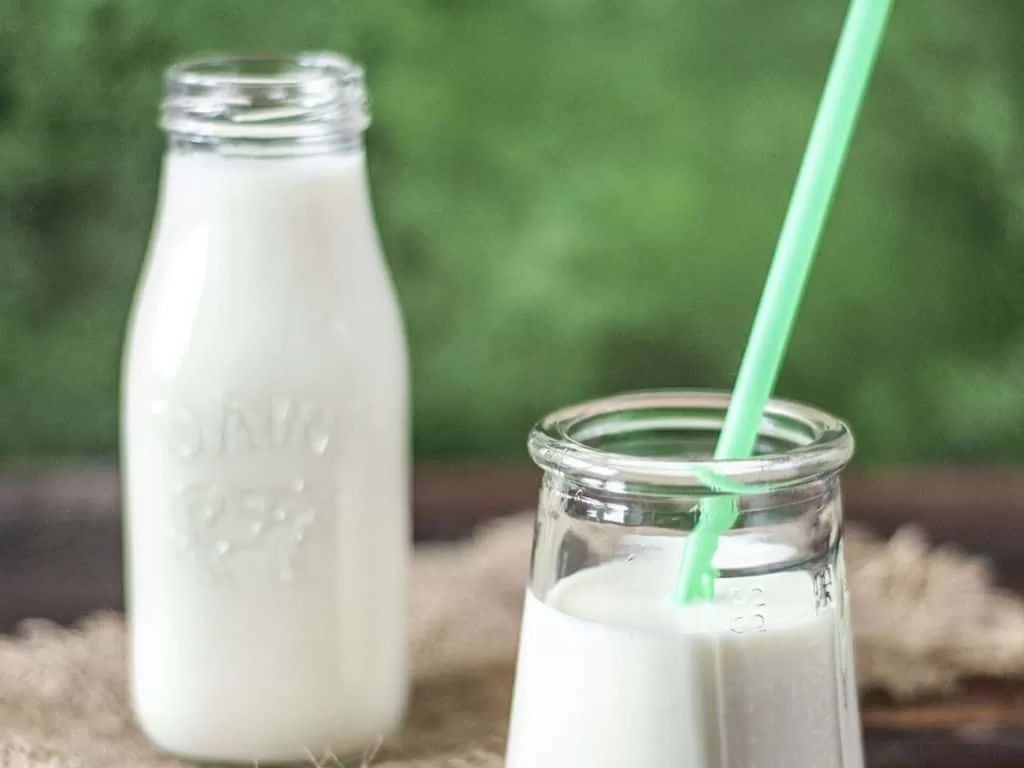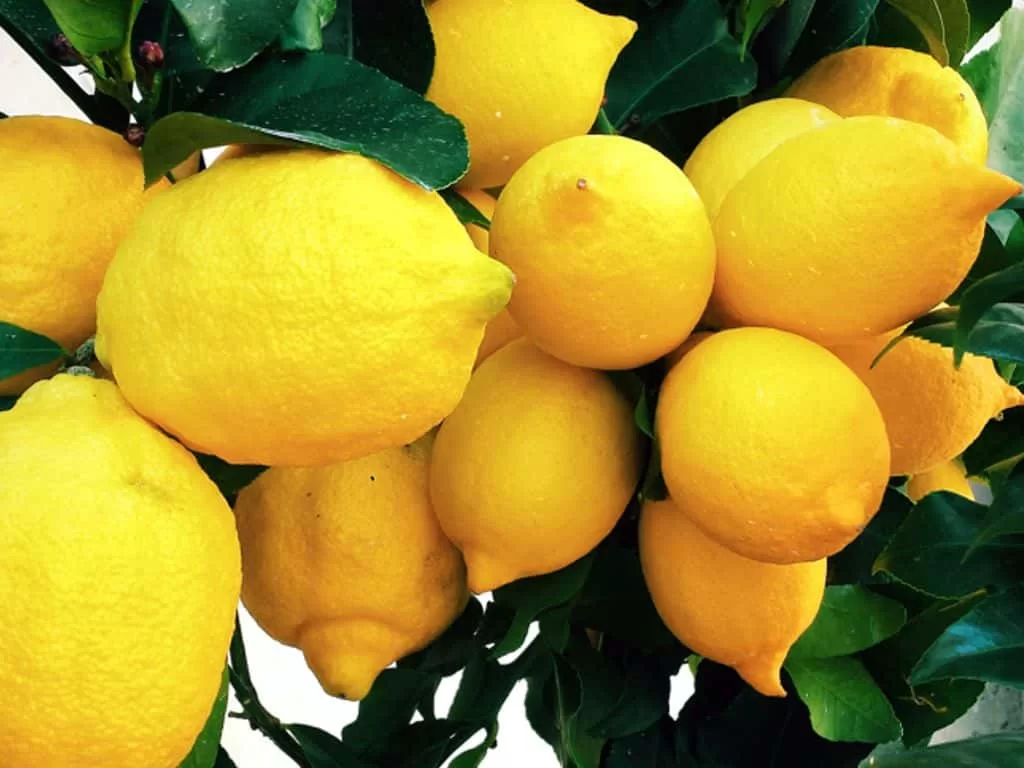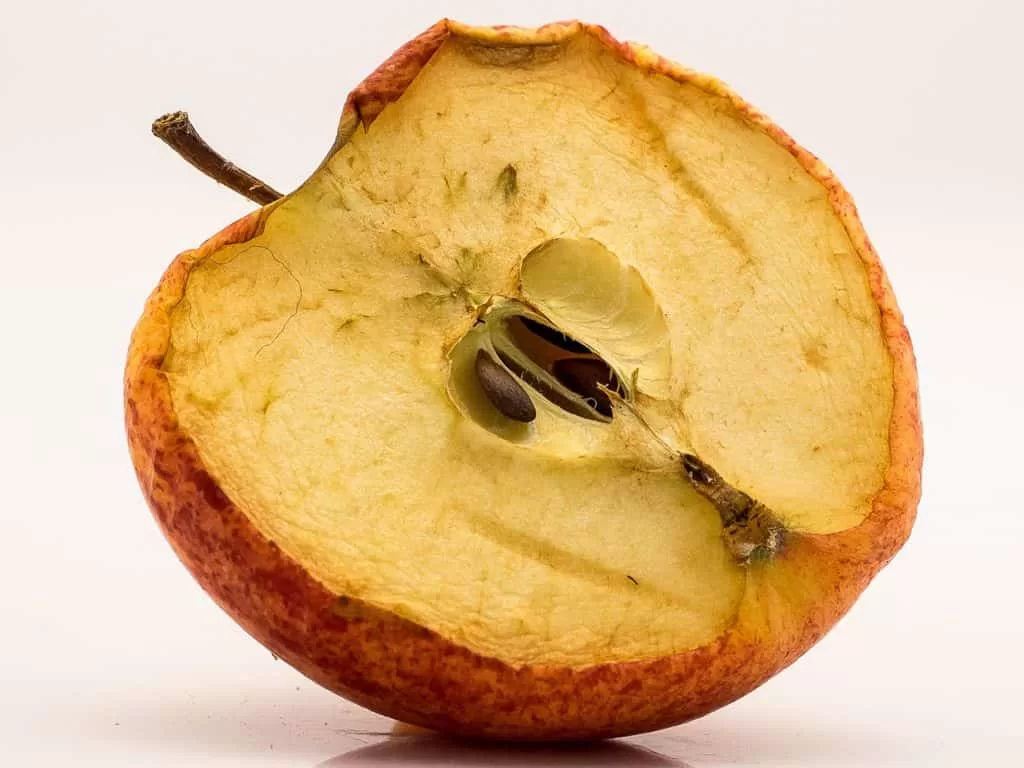Food colours
The colour of our food is an intrinsic part of its appeal. Colours contribute to the taste sensation, whether they are the bright colours we associate with many fruit and vegetables, or the lurid reds and yellows common in Indian dishes. Grey colours give the impression that a food will be tasteless, or even spoiled. […]


